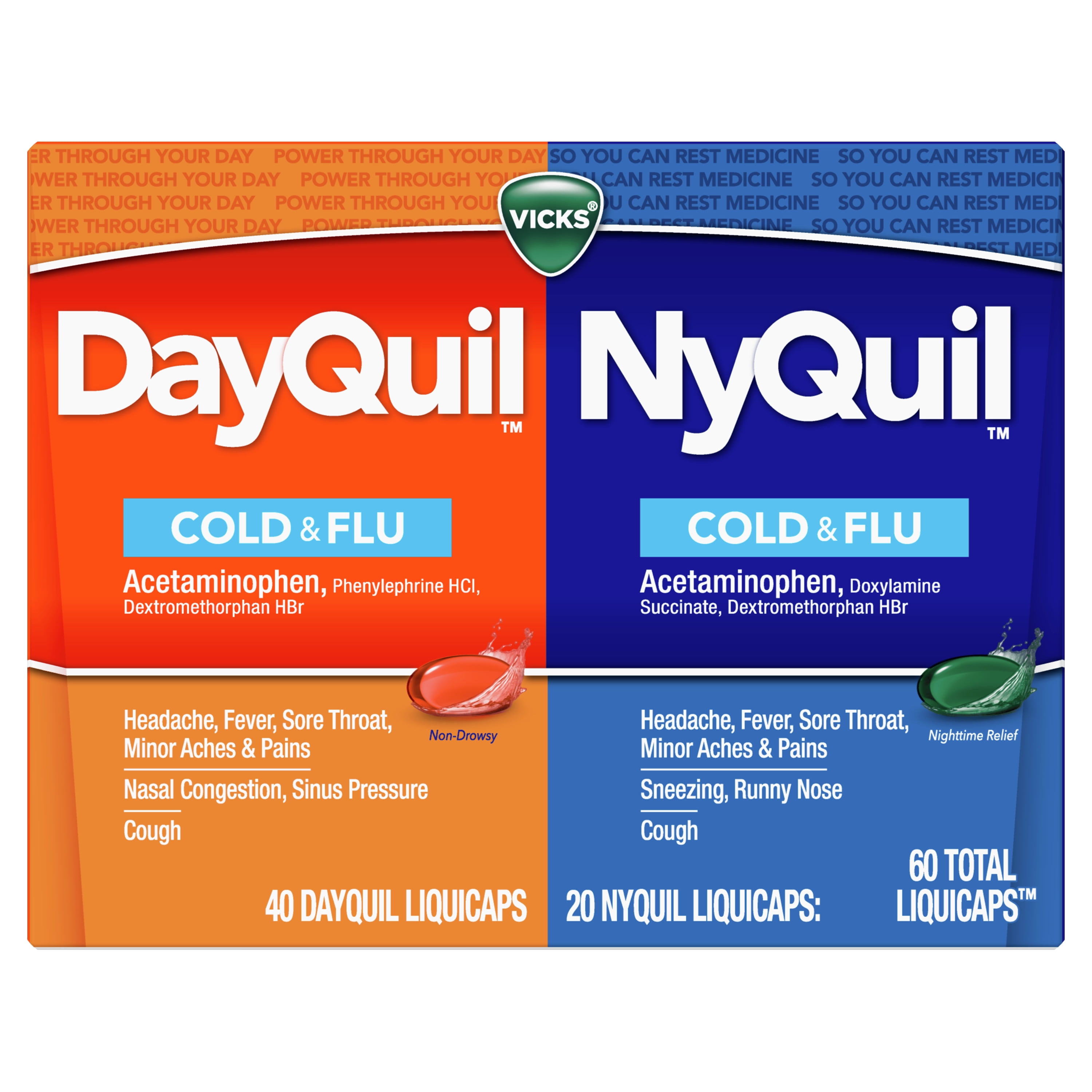Best Fever and Sore Throat Medicine: Expert Guide to Effective Relief
What are the most effective over-the-counter medicines for fever and sore throat. How do NSAIDs and acetaminophen work to relieve symptoms. What are the potential risks and safety considerations when using these medications.
Understanding Over-the-Counter Pain Relievers for Fever and Sore Throat
When fever and sore throat strike, many turn to over-the-counter (OTC) medications for relief. These medicines typically contain active ingredients that fall into two main categories: nonsteroidal anti-inflammatory drugs (NSAIDs) and acetaminophen. While both types can effectively reduce fever and alleviate pain, they work differently in the body and have distinct safety profiles.
Common NSAIDs for Fever and Sore Throat Relief
- Ibuprofen (Advil, Motrin)
- Aspirin (Bayer, St. Joseph)
- Naproxen sodium (Aleve)
NSAIDs work by reducing inflammation in the body, which helps lower fever and decrease pain. They achieve this by inhibiting certain enzymes involved in the production of prostaglandins, substances that promote inflammation, pain, and fever.
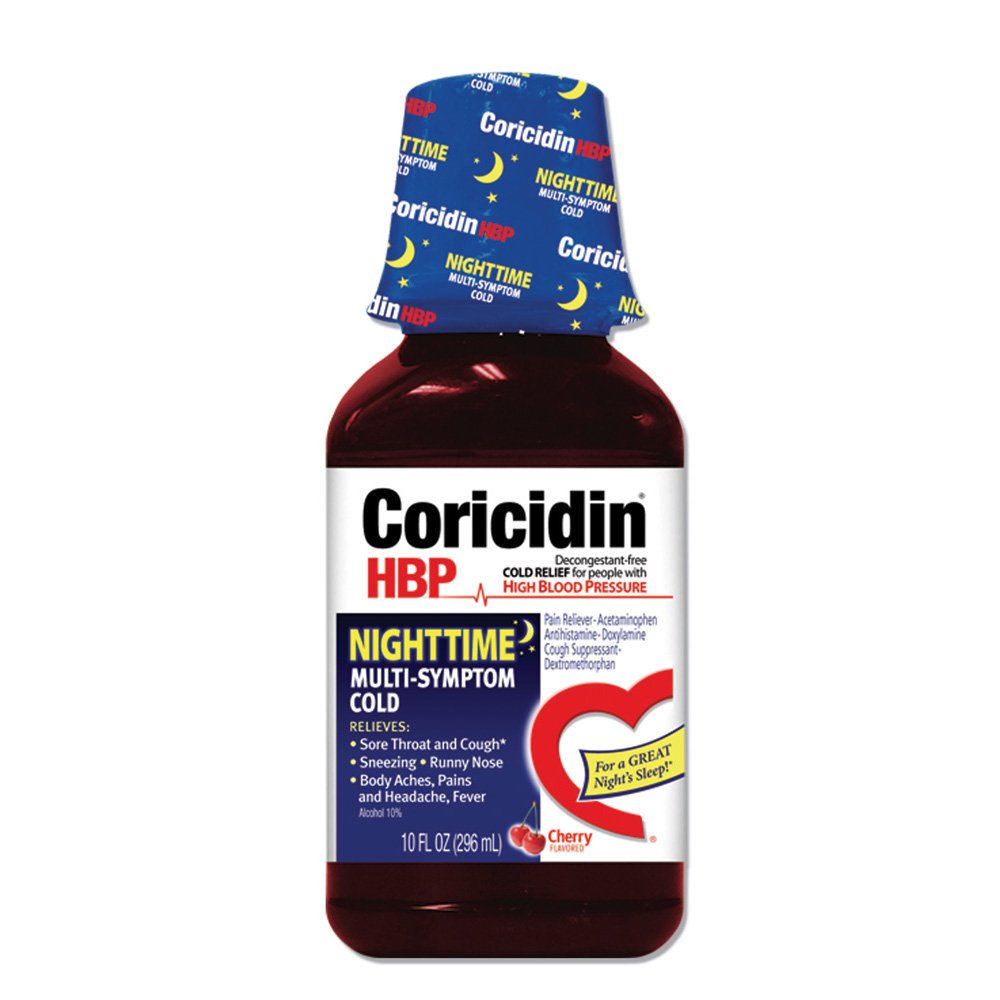
Acetaminophen: An Alternative to NSAIDs
Acetaminophen, the active ingredient in Tylenol and many other medications, is not an NSAID. It primarily works on the parts of the brain that perceive pain and control body temperature. While it doesn’t reduce inflammation as effectively as NSAIDs, it can still provide significant relief from fever and pain associated with sore throats.
Comparing the Effectiveness of NSAIDs and Acetaminophen
Are NSAIDs more effective than acetaminophen for treating fever and sore throat? The answer depends on the individual and the specific symptoms. NSAIDs generally offer stronger anti-inflammatory effects, which can be particularly beneficial for sore throats caused by inflammation. However, acetaminophen is often preferred for its gentler impact on the stomach and its suitability for a wider range of people, including those with certain health conditions that preclude NSAID use.
Factors to Consider When Choosing Between NSAIDs and Acetaminophen
- Severity of symptoms
- Underlying health conditions
- Potential drug interactions
- Individual tolerance and response to each medication
Consulting with a healthcare professional or pharmacist can help determine the most appropriate option based on your specific circumstances.
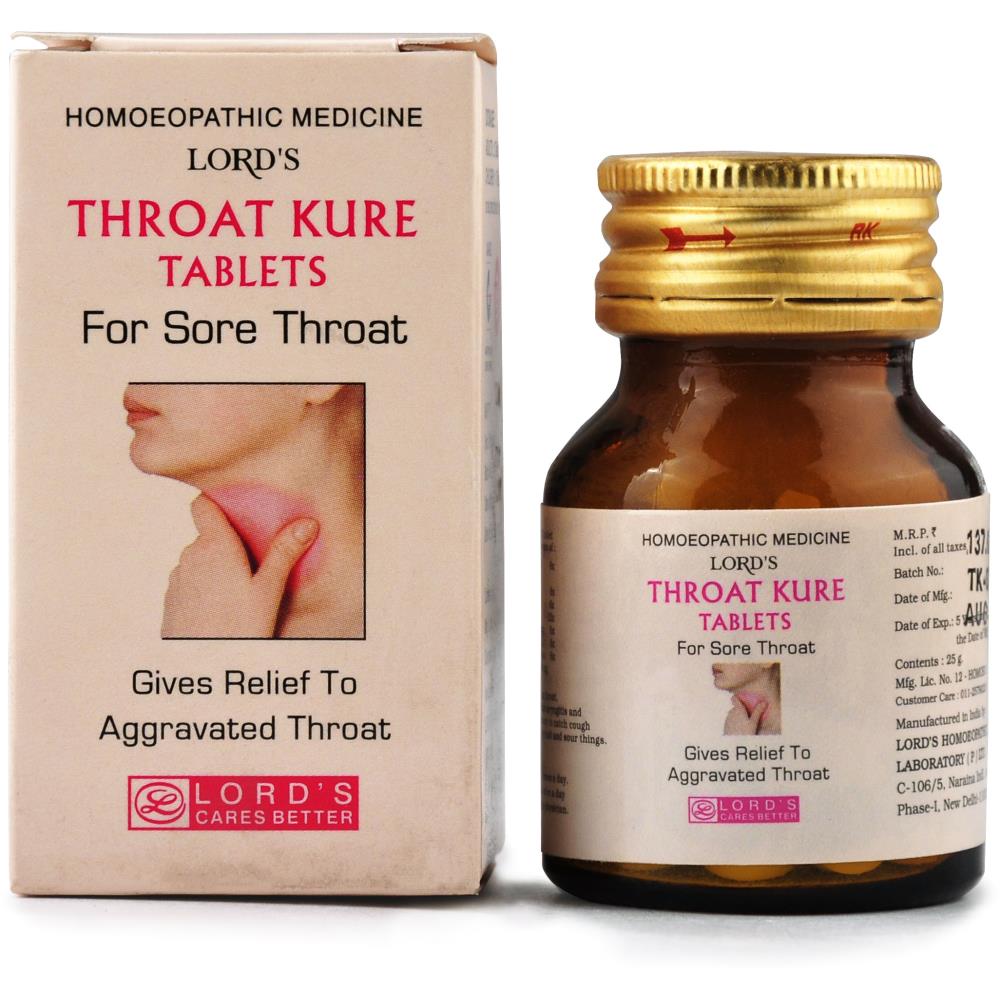
Safety Considerations for Using NSAIDs
While NSAIDs are generally safe for most people when used as directed, they do carry certain risks, particularly when used in high doses or for extended periods.
Potential Risks Associated with NSAID Use
- Increased risk of stomach bleeding
- Potential for heart attack and stroke
- Interactions with other medications
- Exacerbation of certain health conditions
Who should exercise caution when using NSAIDs? Individuals with a history of stomach problems, high blood pressure, heart disease, liver disease, kidney disease, or asthma should consult a doctor before using NSAIDs. Additionally, those who consume alcohol regularly or take blood-thinning medications should be particularly cautious due to the increased risk of bleeding.
Understanding the Risks of Acetaminophen Use
While acetaminophen is often considered a safer alternative to NSAIDs for many people, it’s not without risks. The primary concern with acetaminophen is the potential for liver damage, especially when taken in doses exceeding the recommended amount.

Factors That Increase Risk of Liver Damage from Acetaminophen
- Exceeding the recommended dosage
- Existing liver disease
- Regular alcohol consumption
- Concurrent use of other medications containing acetaminophen
How can you minimize the risk of acetaminophen-related liver damage? Always adhere to the recommended dosage on the label and be aware of other medications you’re taking that might contain acetaminophen. If you have concerns about liver health or alcohol consumption, consult with a healthcare provider before using acetaminophen.
Navigating Combination Medicines for Fever and Sore Throat
Many OTC medications designed to treat cold and flu symptoms contain combinations of different active ingredients, including pain relievers. While these products can offer comprehensive symptom relief, they also present potential risks if not used carefully.
Common Components in Combination Cold and Flu Medicines
- Pain relievers (acetaminophen or NSAIDs)
- Decongestants
- Antihistamines
- Cough suppressants
Why is it crucial to read labels carefully when using combination medicines? Taking multiple products with overlapping active ingredients can lead to accidental overdose. Always check the active ingredients in all medications you’re taking and avoid combining products that contain the same pain reliever or other active ingredients.
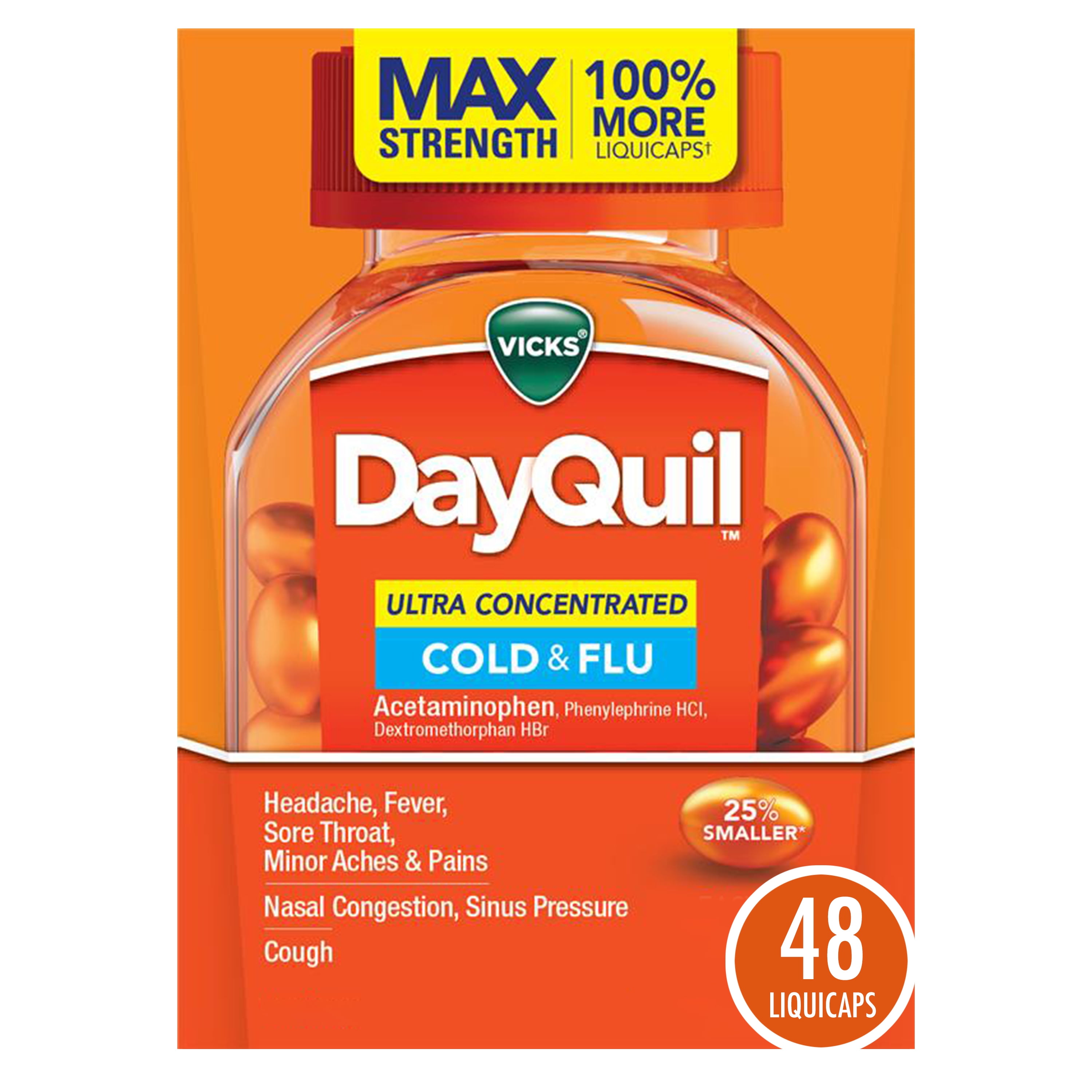
Strategies for Safe and Effective Pain Relief in Adults
When using OTC pain relievers for fever and sore throat, following certain guidelines can help ensure both safety and effectiveness.
Best Practices for Using OTC Pain Relievers
- Read and follow label instructions carefully
- Use the lowest effective dose for the shortest necessary duration
- Be aware of all medications you’re taking to avoid unintended interactions
- Set a clear end date for NSAID use to prevent prolonged exposure
- Consult a healthcare provider if symptoms persist or worsen
How can you determine when it’s time to seek medical attention for fever or sore throat? If symptoms persist for more than a few days, are severe, or are accompanied by difficulty breathing, chest pain, or other concerning symptoms, it’s important to consult a healthcare professional promptly.
Special Considerations for Pain Relief in Children
Treating fever and sore throat in children requires extra caution and consideration. The choice of medication, dosage, and administration method can differ significantly from adult recommendations.
:max_bytes(150000):strip_icc()/Do-Cold-Medicines-Even-Work-.final_Horiz-78d407c06f1e49de989792ebb0bdde89.jpg)
Key Points for Pediatric Fever and Pain Management
- Always use children’s formulations of medications
- Calculate dosage based on the child’s weight, not age
- Avoid aspirin in children due to the risk of Reye’s syndrome
- Monitor temperature and symptoms closely
- Consult a pediatrician before giving any medication to infants
What are the most appropriate OTC options for children with fever and sore throat? Acetaminophen and ibuprofen are generally considered safe for children when used as directed. However, it’s crucial to follow age-specific guidelines and consult with a pediatrician, especially for very young children or those with underlying health conditions.
Natural Remedies to Complement OTC Medications
While OTC medications can provide significant relief from fever and sore throat, incorporating natural remedies can offer additional comfort and support the healing process.
Effective Natural Approaches to Soothe Sore Throat and Reduce Fever
- Gargling with warm salt water to reduce throat inflammation
- Consuming honey to soothe throat irritation and suppress cough
- Staying hydrated with water, herbal teas, and clear broths
- Using a humidifier to moisturize the air and ease throat discomfort
- Applying cold compresses to the forehead to help manage fever
How can these natural remedies enhance the effectiveness of OTC medications? By addressing symptoms through multiple approaches, natural remedies can provide complementary relief, potentially reducing the need for higher doses or prolonged use of OTC medications. However, it’s important to remember that these natural methods should not replace medical treatment when necessary.

Understanding When to Seek Professional Medical Care
While many cases of fever and sore throat can be managed effectively at home with OTC medications and self-care measures, certain situations warrant professional medical attention.
Signs That Indicate the Need for Medical Evaluation
- Fever above 103°F (39.4°C) or lasting more than three days
- Severe throat pain or difficulty swallowing
- White patches or pus on the tonsils
- Swollen lymph nodes in the neck
- Rash accompanying fever
- Persistent symptoms despite OTC treatment
Why is it important not to delay seeking medical care when these signs are present? Prompt medical evaluation can help identify potentially serious conditions, such as strep throat or mononucleosis, which may require specific treatments beyond OTC medications. Early intervention can prevent complications and ensure more effective management of the underlying condition.
The Role of Preventive Measures in Reducing Fever and Sore Throat Occurrences
While effective treatment options are available for fever and sore throat, prevention remains a crucial aspect of overall health management. Implementing certain lifestyle habits and hygiene practices can significantly reduce the likelihood of developing these common ailments.
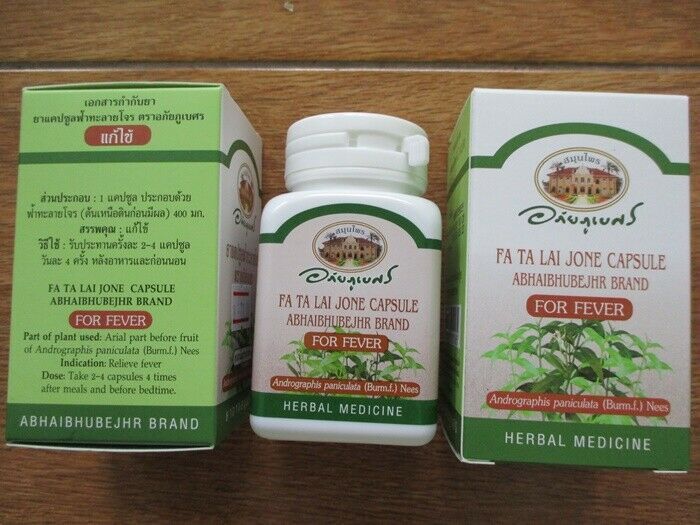
Key Strategies for Preventing Fever and Sore Throat
- Practice regular hand washing with soap and water
- Avoid close contact with individuals who are ill
- Maintain a healthy diet rich in vitamins and minerals to support immune function
- Get adequate sleep to bolster the body’s natural defenses
- Stay hydrated to keep mucous membranes moist and resistant to pathogens
- Consider annual flu vaccinations to reduce the risk of influenza-related illnesses
How effective are these preventive measures in reducing the frequency of fever and sore throat? While no prevention strategy is foolproof, consistently practicing these habits can significantly lower the risk of contracting viral and bacterial infections that commonly cause fever and sore throat. Moreover, a strong immune system supported by healthy lifestyle choices can help the body fight off pathogens more effectively when exposure does occur.
Navigating the Pharmacy: Tips for Choosing the Right OTC Medication
With numerous options available for fever and sore throat relief, selecting the most appropriate OTC medication can be overwhelming. Understanding how to navigate the pharmacy aisle and interpret product labels is crucial for making informed decisions.

Guidelines for Selecting OTC Fever and Sore Throat Medications
- Identify the primary active ingredient(s) and their intended effects
- Consider combination products only if you have multiple symptoms
- Check for potential interactions with other medications you’re taking
- Look for formulations that match your preferences (e.g., liquid, tablet, rapid-dissolve)
- Compare generic and brand-name options for cost-effectiveness
What role can pharmacists play in helping you choose the right medication? Pharmacists are valuable resources who can provide personalized advice based on your specific symptoms, medical history, and current medications. Don’t hesitate to ask for their guidance when selecting OTC products for fever and sore throat relief.
The Impact of Lifestyle Factors on Fever and Sore Throat Management
While medications play a significant role in managing fever and sore throat symptoms, lifestyle factors can greatly influence both the severity of symptoms and the effectiveness of treatment.
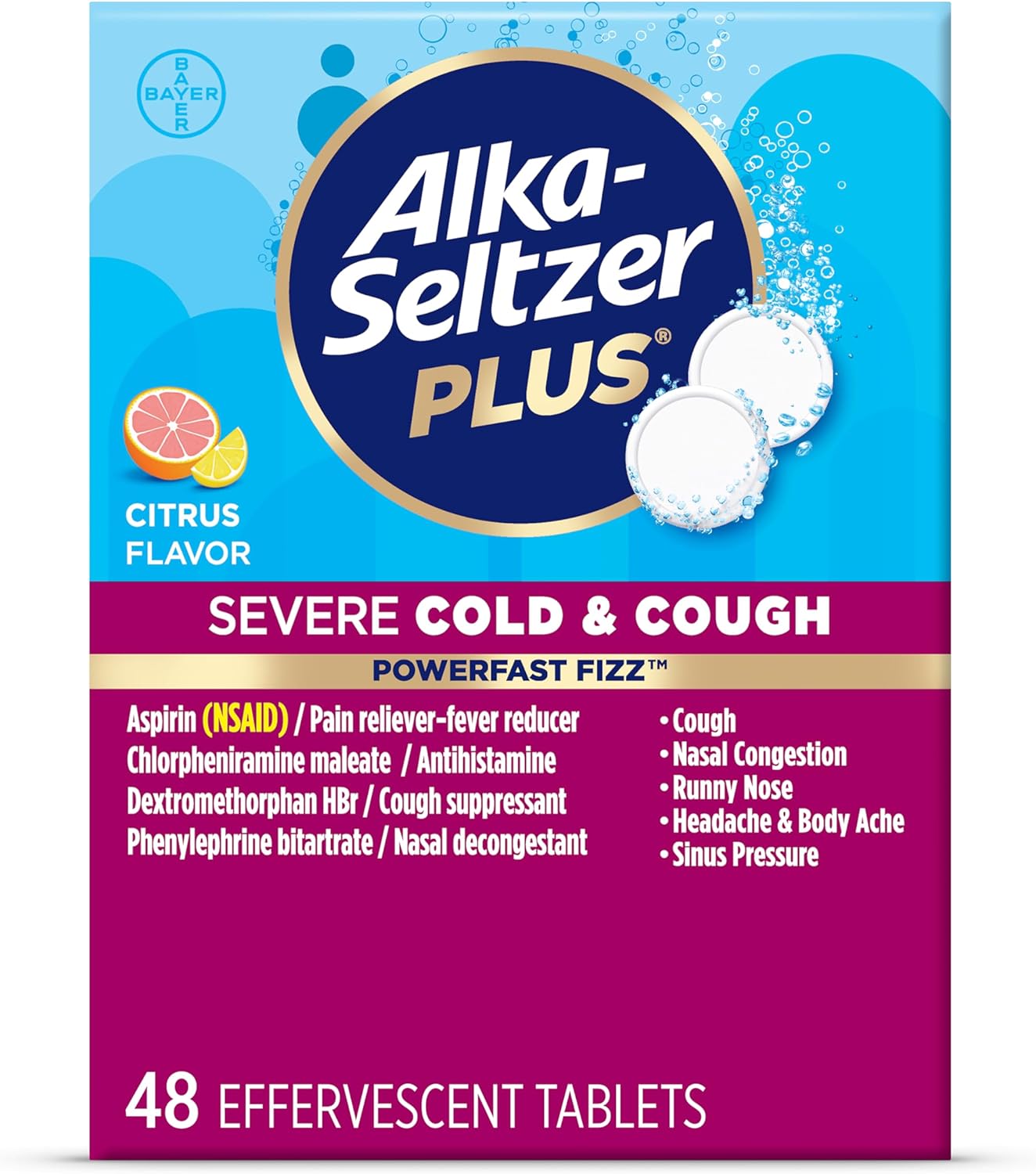
Lifestyle Considerations for Optimal Symptom Management
- Prioritize rest to allow the body to focus energy on fighting infection
- Maintain proper hydration to thin mucus and soothe throat irritation
- Avoid irritants such as smoking or exposure to secondhand smoke
- Use a humidifier to add moisture to the air, especially in dry environments
- Consume warm, soothing foods and beverages to provide comfort and nutrition
How can these lifestyle adjustments complement OTC medication use? By creating an environment conducive to healing and reducing factors that may exacerbate symptoms, these lifestyle modifications can enhance the effectiveness of OTC medications and potentially speed up recovery time. Additionally, they can help prevent complications and reduce the need for prolonged medication use.
Understanding the Limitations of OTC Medications
While over-the-counter medications can provide significant relief for fever and sore throat, it’s important to recognize their limitations and understand when they may not be sufficient.

Scenarios Where OTC Medications May Not Be Enough
- Bacterial infections requiring antibiotic treatment
- Severe or prolonged symptoms indicative of more serious conditions
- Underlying health issues complicating symptom management
- Allergic reactions or adverse effects to OTC medications
Why is it crucial to monitor symptoms even when using OTC medications? While these products can effectively manage many cases of fever and sore throat, they don’t address the underlying cause of the symptoms. Persistent or worsening symptoms despite OTC treatment may indicate a need for medical evaluation and potentially prescription medications or other interventions.
The Future of Fever and Sore Throat Treatment
As medical research continues to advance, new approaches to treating fever and sore throat are emerging. These developments promise to offer more targeted and effective relief options in the future.
Emerging Trends in Fever and Sore Throat Management
- Development of more specific anti-inflammatory agents with fewer side effects
- Advancements in rapid diagnostic tests for identifying causative pathogens
- Exploration of novel drug delivery methods for enhanced efficacy
- Research into the role of the microbiome in respiratory health and infection resistance
- Integration of digital health technologies for improved symptom monitoring and treatment guidance
How might these advancements change the landscape of OTC fever and sore throat treatments? Future developments could lead to more personalized treatment approaches, allowing individuals to select medications that are optimally suited to their specific symptoms and underlying causes. Additionally, improved diagnostic capabilities may enable earlier and more accurate identification of conditions requiring medical intervention, potentially reducing reliance on broad-spectrum OTC medications.

As we continue to explore and understand the complexities of fever and sore throat management, the importance of balancing effective symptom relief with safety considerations remains paramount. By staying informed about current best practices and emerging trends, individuals can make more informed decisions about their health and well-being when faced with these common ailments.
Fever and Pain Relief for Colds and Flu
Written by WebMD Editorial Contributors
Medically Reviewed by Jennifer Robinson, MD on November 04, 2021
- Pain Relief Basics: NSAIDs and Acetaminophen
- The Risks of Taking NSAIDs for Pain Relief
- Risks of Using Acetaminophen for Pain Relief
- The Risks of Combination Medicines
- Safe Pain Relief for Adults
- Safe Pain Relief for Children
- Acetaminophen or an NSAID: Which Is Best?
- More
If you’re looking for relief from the symptoms of a cold, fever, or the flu, you’ll find many over-the-counter (OTC) options at your local pharmacy.
The pain and fever-reducing ingredients often found in these medicines — acetaminophen, ibuprofen, naproxen sodium, and aspirin — are safe for most adults if taken correctly. But in the throes of fever or the flu, you may not think as clearly about safety.
To be prepared, read this primer on OTC pain relievers, so when illness strikes, you’ll know how they work to reduce fever, aches, and pains and how to use them safely.
Two common groups of pain relievers are acetaminophen and nonsteroidal anti-inflammatory drugs (NSAIDs). Most OTC pain relief drugs contain one or the other.
These medications don’t make illnesses go away, but they can relieve some symptoms so you suffer less while the cold, flu, or fever works its way through your system.
NSAIDs. This group of drugs relieves pain and fever by tamping down on the substances in your body that cause the feeling of pain, and they help control body temperature.
Drugs in the NSAID category include:
- Ibuprofen, the active ingredient in Advil and Motrin
- Aspirin, found in Bayer or St. Joseph
- Naproxen sodium, found in Aleve
Acetaminophen. This is an active ingredient in Tylenol and many other prescription and non-prescription medications. Acetaminophen seems to work on the parts of the brain that perceive pain and control body temperature.
NSAIDs are safe for most people when taken at the right dose for a short period. However, they can increase risk for serious stomach bleeding. NSAIDs may also increase the chance for heart attack and stroke.
However, they can increase risk for serious stomach bleeding. NSAIDs may also increase the chance for heart attack and stroke.
Ask a doctor before using NSAIDS if:
- You have a history of stomach problems such as heartburn
- You have high blood pressure, heart disease, liver disease, or kidney disease
- You have asthma
Combining NSAIDs with more than two to three alcoholic drinks a day for women or three to four for men increases the risk for stomach bleeding. Taking NSAIDs along with blood-thinning medications can also increase the risk for bleeding, including serious stomach bleeding. Talk to your doctor if you drink alcohol or take and blood-thinning medicines before using an NSAID. Others factors that increase risk for stomach bleeding include:
- Having a previous history of stomach bleeding
- Being over age 60
- Taking steroid medications, or other NSAID medications
The most serious risk from acetaminophen is liver damage.:max_bytes(150000):strip_icc()/why-does-my-throat-hurt-after-surgery-3157316-v1-5c1abec1c9e77c00016f80e9.png) Ignoring the dose recommended on the label can put you at risk of severe liver damage.
Ignoring the dose recommended on the label can put you at risk of severe liver damage.
People who are at greater risk for liver damage from acetaminophen include people with liver disease and men who drink three or more alcoholic drinks a day (or two a day or more drinks for women).
Talk to your doctor or pharmacist if you also take the blood thinner warfarin (Coumadin), because it may increase the risk of bleeding.
It is important to read the package labeling carefully and not exceed the maximum daily dosage. Because many other OTC and prescription products contain acetaminophen as an active ingredient, make sure to look at the list of active ingredients in other medicines you are taking in order to avoid overdosing.
Because the signs and symptoms of liver damage from acetaminophen may not be immediately noticeable, if you think you may have taken too much, call 911 or poison control (800-222-1222) immediately.
OTC pain relievers are often used with other ingredients in prescription and non-prescription medications, including some for arthritis, menstrual symptoms, allergies, and sleeplessness. To avoid an overdose, it’s important not to take two medicines that contain the same pain reliever.
To avoid an overdose, it’s important not to take two medicines that contain the same pain reliever.
Mixing medicines that contain different pain relievers can also cause problems and should not be done without talking to a doctor.
Because of the risks of overdosing on a pain medication, it’s important to keep track of how much you take and how long you take it.
Follow these other drug safety tips for using OTC pain relievers:
- Read and follow the label. It should clearly state whether a medicine contains acetaminophen or NSAIDs, the risks of the active ingredient, the highest dose you can take safely, and how long you can take it.
- Wait until you need it. Leave acetaminophen and NSAIDs on the shelf until you really need them. Limiting your intake automatically reduces your risk.
- Set a cut-off date. Before taking an NSAID, set a date to stop, based on the label’s instructions for how long you should take it before seeing a doctor.

- Don’t mix medicine with alcohol. If you drink alcohol, talk with your doctor before taking NSAIDs or acetaminophen.
Drugs work differently in children than they do in adults. Take extra care when giving your child acetaminophen or ibuprofen and only use those products labeled specifically for your child’s age group. Adult medicines and doses are too strong for most kids and should not be given to children.
Beyond not giving aspirin to children and teens (ages 18 and under) due to the risk of Reye’s syndrome, follow these safety measures:
- The FDA recommends that parents not give any cough and cold medicine to children under age 2. The FDA supports the voluntary label change of drug makers to state “do not use in children under 4” for OTC cough and cold medicines.
- Talk to your pediatrician about safe OTC options for your child.
- When giving your child liquid medicine, make sure to use the appropriate measuring tool that came with the medication and not a spoon used for eating or cooking.

- There’s no need to expose your child to drugs they don’t need. Select a medicine that treats only the symptoms your child has.
- Keep all medicine out of children’s reach.
For some people, acetaminophen is the best way to reduce certain cold and flu symptoms. For others, ibuprofen does the trick. For many, both are equally effective.
How do you know which to take? Talk to your doctor or pharmacist about the other medicines you are taking and your medical history, such as problems with your heart, kidneys, stomach, or liver, or if you take anti-clotting medication or medication for high blood pressure.
Top Picks
Fever and Pain Relief for Colds and Flu
Written by WebMD Editorial Contributors
Medically Reviewed by Jennifer Robinson, MD on November 04, 2021
- Pain Relief Basics: NSAIDs and Acetaminophen
- The Risks of Taking NSAIDs for Pain Relief
- Risks of Using Acetaminophen for Pain Relief
- The Risks of Combination Medicines
- Safe Pain Relief for Adults
- Safe Pain Relief for Children
- Acetaminophen or an NSAID: Which Is Best?
- More
If you’re looking for relief from the symptoms of a cold, fever, or the flu, you’ll find many over-the-counter (OTC) options at your local pharmacy.:max_bytes(150000):strip_icc()/overview-of-strep-throat-1191987_final-21489a625c774930abb4a3c12e13b0a6.png)
The pain and fever-reducing ingredients often found in these medicines — acetaminophen, ibuprofen, naproxen sodium, and aspirin — are safe for most adults if taken correctly. But in the throes of fever or the flu, you may not think as clearly about safety.
To be prepared, read this primer on OTC pain relievers, so when illness strikes, you’ll know how they work to reduce fever, aches, and pains and how to use them safely.
Two common groups of pain relievers are acetaminophen and nonsteroidal anti-inflammatory drugs (NSAIDs). Most OTC pain relief drugs contain one or the other.
These medications don’t make illnesses go away, but they can relieve some symptoms so you suffer less while the cold, flu, or fever works its way through your system.
NSAIDs. This group of drugs relieves pain and fever by tamping down on the substances in your body that cause the feeling of pain, and they help control body temperature.
Drugs in the NSAID category include:
- Ibuprofen, the active ingredient in Advil and Motrin
- Aspirin, found in Bayer or St.
 Joseph
Joseph - Naproxen sodium, found in Aleve
Acetaminophen. This is an active ingredient in Tylenol and many other prescription and non-prescription medications. Acetaminophen seems to work on the parts of the brain that perceive pain and control body temperature.
NSAIDs are safe for most people when taken at the right dose for a short period. However, they can increase risk for serious stomach bleeding. NSAIDs may also increase the chance for heart attack and stroke.
Ask a doctor before using NSAIDS if:
- You have a history of stomach problems such as heartburn
- You have high blood pressure, heart disease, liver disease, or kidney disease
- You have asthma
Combining NSAIDs with more than two to three alcoholic drinks a day for women or three to four for men increases the risk for stomach bleeding. Taking NSAIDs along with blood-thinning medications can also increase the risk for bleeding, including serious stomach bleeding.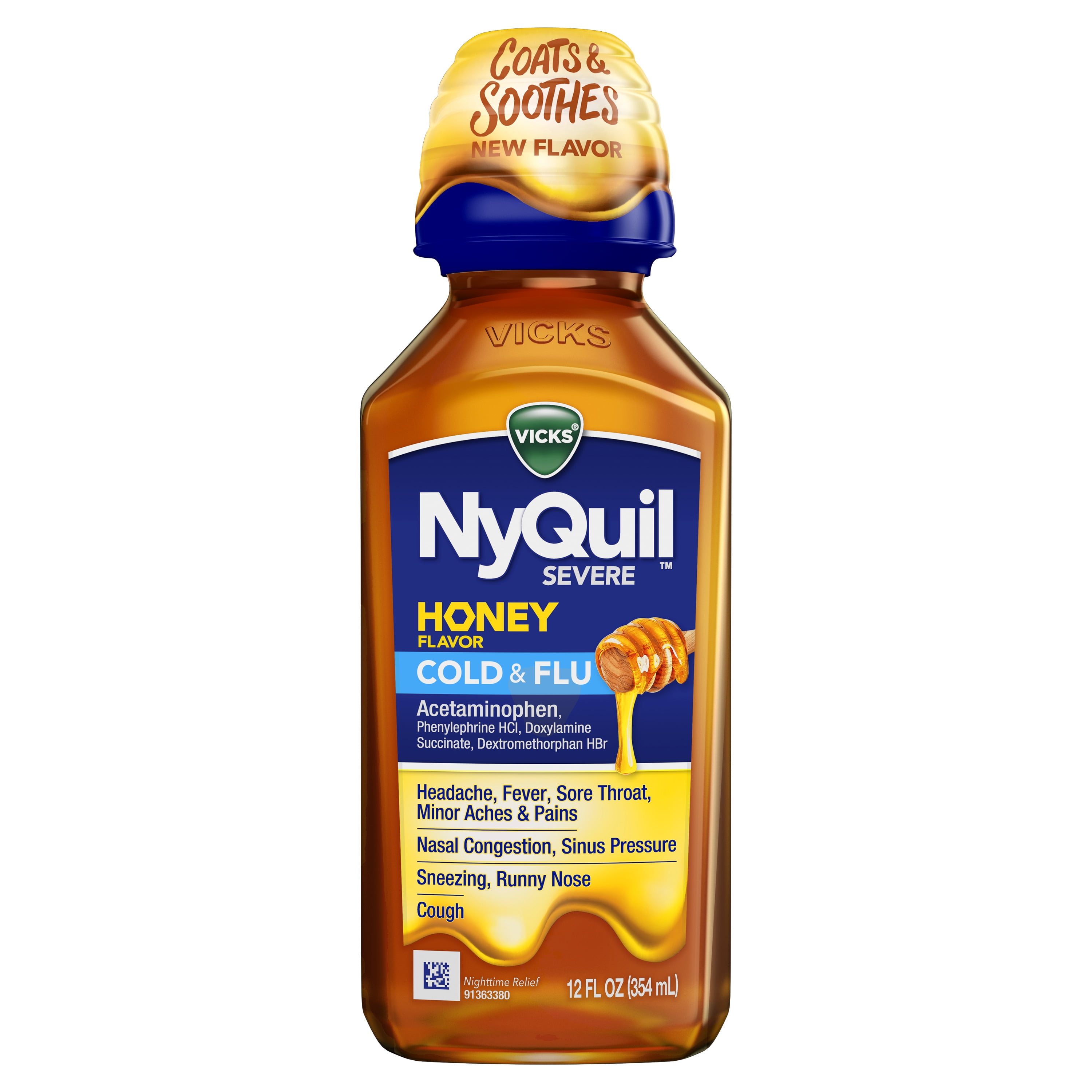 Talk to your doctor if you drink alcohol or take and blood-thinning medicines before using an NSAID. Others factors that increase risk for stomach bleeding include:
Talk to your doctor if you drink alcohol or take and blood-thinning medicines before using an NSAID. Others factors that increase risk for stomach bleeding include:
- Having a previous history of stomach bleeding
- Being over age 60
- Taking steroid medications, or other NSAID medications
The most serious risk from acetaminophen is liver damage. Ignoring the dose recommended on the label can put you at risk of severe liver damage.
People who are at greater risk for liver damage from acetaminophen include people with liver disease and men who drink three or more alcoholic drinks a day (or two a day or more drinks for women).
Talk to your doctor or pharmacist if you also take the blood thinner warfarin (Coumadin), because it may increase the risk of bleeding.
It is important to read the package labeling carefully and not exceed the maximum daily dosage. Because many other OTC and prescription products contain acetaminophen as an active ingredient, make sure to look at the list of active ingredients in other medicines you are taking in order to avoid overdosing.
Because the signs and symptoms of liver damage from acetaminophen may not be immediately noticeable, if you think you may have taken too much, call 911 or poison control (800-222-1222) immediately.
OTC pain relievers are often used with other ingredients in prescription and non-prescription medications, including some for arthritis, menstrual symptoms, allergies, and sleeplessness. To avoid an overdose, it’s important not to take two medicines that contain the same pain reliever.
Mixing medicines that contain different pain relievers can also cause problems and should not be done without talking to a doctor.
Because of the risks of overdosing on a pain medication, it’s important to keep track of how much you take and how long you take it.
Follow these other drug safety tips for using OTC pain relievers:
- Read and follow the label. It should clearly state whether a medicine contains acetaminophen or NSAIDs, the risks of the active ingredient, the highest dose you can take safely, and how long you can take it.

- Wait until you need it. Leave acetaminophen and NSAIDs on the shelf until you really need them. Limiting your intake automatically reduces your risk.
- Set a cut-off date. Before taking an NSAID, set a date to stop, based on the label’s instructions for how long you should take it before seeing a doctor.
- Don’t mix medicine with alcohol. If you drink alcohol, talk with your doctor before taking NSAIDs or acetaminophen.
Drugs work differently in children than they do in adults. Take extra care when giving your child acetaminophen or ibuprofen and only use those products labeled specifically for your child’s age group. Adult medicines and doses are too strong for most kids and should not be given to children.
Beyond not giving aspirin to children and teens (ages 18 and under) due to the risk of Reye’s syndrome, follow these safety measures:
- The FDA recommends that parents not give any cough and cold medicine to children under age 2.
 The FDA supports the voluntary label change of drug makers to state “do not use in children under 4” for OTC cough and cold medicines.
The FDA supports the voluntary label change of drug makers to state “do not use in children under 4” for OTC cough and cold medicines. - Talk to your pediatrician about safe OTC options for your child.
- When giving your child liquid medicine, make sure to use the appropriate measuring tool that came with the medication and not a spoon used for eating or cooking.
- There’s no need to expose your child to drugs they don’t need. Select a medicine that treats only the symptoms your child has.
- Keep all medicine out of children’s reach.
For some people, acetaminophen is the best way to reduce certain cold and flu symptoms. For others, ibuprofen does the trick. For many, both are equally effective.
How do you know which to take? Talk to your doctor or pharmacist about the other medicines you are taking and your medical history, such as problems with your heart, kidneys, stomach, or liver, or if you take anti-clotting medication or medication for high blood pressure.
Top Picks
top 10 rating according to KP
It should be noted right away that sore throat is not an independent disease, but only a symptom of various infectious (less often other) diseases. Sore throat occurs due to acute or exacerbation of chronic inflammation in the pharynx, tonsils, adenoids or larynx.
The severity of sore throat varies widely, from subtle soreness when swallowing and itching to severe pain that provokes nausea and general malaise, accompanied by high fever.:max_bytes(150000):strip_icc()/stages-of-a-cold-sore-outbreak-4173005-5c1a8ad0c9e77c0001e31b0e.png) The causes can be both SARS and microbial infections, including extremely dangerous ones – meningococcus, Haemophilus influenzae or streptococcus, pneumococcus.
The causes can be both SARS and microbial infections, including extremely dangerous ones – meningococcus, Haemophilus influenzae or streptococcus, pneumococcus.
Sore throat itself is a signal from the body that an inflammatory process is developing in the nasopharynx, which can affect the adenoids and tonsils. Usually this sensation is accompanied by redness of the posterior pharyngeal wall, uvula and tonsils, swelling, the appearance of “grain” of the posterior wall, or plaque on the surface of the tonsils.
Before choosing the best pills for sore throat, it is worth understanding its causes, evaluating additional symptoms and manifestations that may indicate the nature of the disease. In this case, you will need to consult a doctor who will make an accurate diagnosis and select the right treatment. This is especially important when the sore throat is severe, accompanied by prolonged fever, cough and general malaise.
It is important to pay attention to the condition of the lymph nodes under the jaw, behind the ears, on the neck, the presence of a runny nose and skin rashes.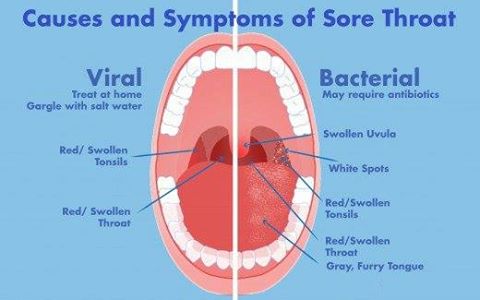
Doctors usually recommend tablets, sprays or lozenges, rinsing solutions with antimicrobial, antiseptic and anti-inflammatory components in the complex treatment of colds and other diseases for which sore throat is typical 1 . In addition, drugs also often contain local anesthetics, which only suppress pain, but do not affect its causes and do not eliminate the inflammatory process 1 .
KP Top 10 Sore Throat Pills
We have selected drugs that have proven themselves in the practice of doctors, are often used by adults for sore throats and can help treat various inflammatory processes.
Important! All drugs have side effects and contraindications. Our material is an overview and does not serve as a guide to action. Before buying funds, consult your doctor.
FluCold ENT
Produced as round white lozenges with vanilla flavor. The drug belongs to the group of antiseptics and contains lysozyme and pyridoxine. Lysozyme belongs to protein enzymes, is active against gram-positive and gram-negative bacteria, fungi and viruses, and helps to strengthen local immunity. Pyridoxine has an anti-aphthous effect, that is, it protects the mucous membrane of the throat from damage and the formation of ulcers and erosions.
Lysozyme belongs to protein enzymes, is active against gram-positive and gram-negative bacteria, fungi and viruses, and helps to strengthen local immunity. Pyridoxine has an anti-aphthous effect, that is, it protects the mucous membrane of the throat from damage and the formation of ulcers and erosions.
The drug can help with sore throat accompanying various infectious and inflammatory diseases of the oral cavity and larynx, catarrhal phenomena in the upper respiratory tract, erosion and ulceration in the mouth of any origin.
Contraindications : hypersensitivity to components, allergy to chicken protein, children under 3 years of age.
Faringazone
It is a round light brown lozenge with vanilla flavor and aroma and belongs to the group of antiseptics for the treatment of the throat. The main active ingredient in the composition is ambazone, which has antiseptic and antimicrobial properties and fights various bacteria, including streptococci and pneumococci, while not affecting the intestinal microflora.:max_bytes(150000):strip_icc()/TherafluExpressMaxFluCoughSoreThroat-5b69f5de46e0fb004ff493a8.jpeg)
The drug is indicated for the elimination of sore throat in pharyngitis, tonsillitis, gingivitis and stomatitis.
Contraindications : hypersensitivity to components, lactose intolerance, fructose intolerance, glucose-galactose malabsorption, children under 3 years of age. With caution: pregnancy and lactation.
Faringosept
Lemon flavored lozenges also belong to the group of antiseptic preparations. They contain the substance ambazon, which has a local antimicrobial effect – they fight against streptococci and pneumococci.
The drug helps to relieve sore throat and reduce inflammation in tonsillitis and pharyngitis, stomatitis and gingivitis.
Contraindications : hypersensitivity to components, lactose intolerance, fructose intolerance, glucose-galactose malabsorption, children under 3 years of age. Before use during pregnancy and lactation, it is recommended to first consult a doctor.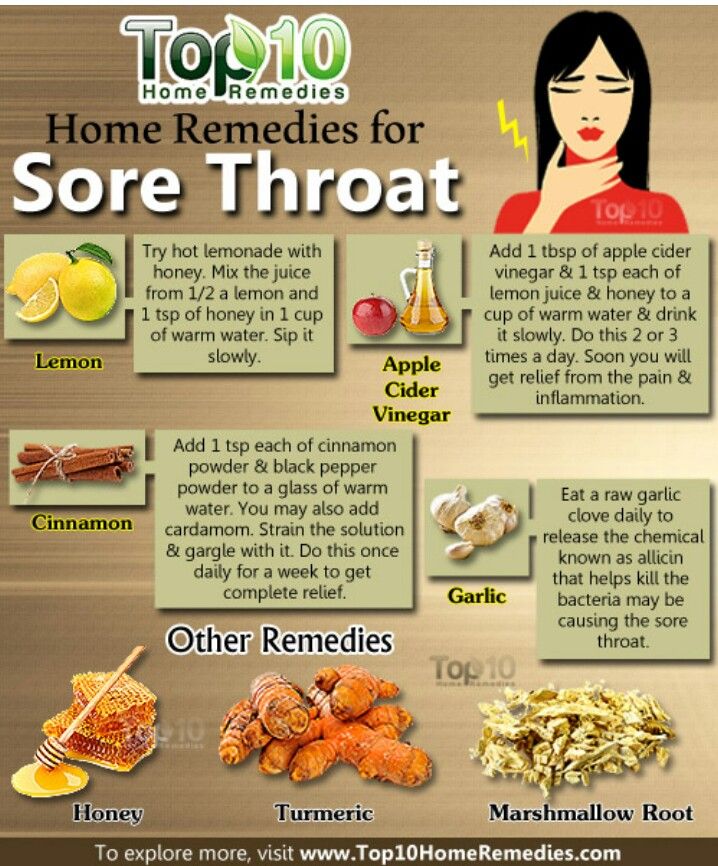
Neo-Angin
Lozenges (including sugar-free and cherry flavored) contain a combination of three active ingredients. Dichlorobenzyl alcohol is responsible for the antiseptic effect, amylmetacresol has a disinfectant property, and levomenthol, by suppressing the activity of pain receptors, helps to anesthetize and refresh the oral cavity. Among the additional components are anise and mint oils, which also have weak anti-inflammatory properties.
The drug is indicated for infectious and inflammatory processes in the oropharynx, including against the background of acute respiratory viral infections, with stomatitis and tonsillitis, and also as an adjuvant for pharyngitis and adenoiditis. Due to the absence of sugar in the composition, the drug does not increase the risk of caries.
Contraindications : hypersensitivity to components, children under 6 years of age.
Laringotab
Round white tablets contain a combination of lysozyme and pyridoxine hydrochloride, which provides a dual effect of the drug. Lysozyme fights bacteria, viruses and fungi, improves local immunity, relieves sore throat. Pyridoxine protects the oral and pharyngeal mucosa from erosion.
Lysozyme fights bacteria, viruses and fungi, improves local immunity, relieves sore throat. Pyridoxine protects the oral and pharyngeal mucosa from erosion.
The drug is indicated as part of the complex treatment of gingivitis and stomatitis, catarrhal symptoms in colds and acute respiratory viral infections, herpetic and aphthous ulcers in the mouth.
Contraindications : hypersensitivity to components, intolerance to lactose, fructose, glucose-galactose malabsorption, allergy to chicken protein, children under 3 years of age.
Strepsils
Lozenges are round lozenges in various flavors: lemon, lemon and honey, orange, cherry, menthol and eucalyptus. The main active ingredients in the composition are dichlorobenzene alcohol and amylmetacresol, supplemented with levomenthol, peppermint oil and anise seeds. Dichlorobenzene alcohol is responsible for the antiseptic effect of the drug, amylmetacresol destroys the proteins of fungal and microbial cells, affecting the very cause of the sore throat.
Lozenges help relieve pain and irritation in the throat during swallowing and talking, and have a soothing and refreshing effect.
Contraindications : hypersensitivity to components, sucrase / isomaltase deficiency, fructose intolerance, glucose-galactose malabsorption, children under 6 years of age. Use during pregnancy and breastfeeding requires prior medical advice.
Lizobakt
This is a complex preparation that contains pyridoxine (aka vitamin B6) and lysozyme, an analogue of the natural protective substance of the oral cavity and mucous membranes. Due to this composition, the drug has a bactericidal, anti-inflammatory and analgesic effect. Lysozyme breaks down microbial cell walls, damages viral and fungal particles, and stimulates local immune defenses in the oral cavity. Pyridoxine helps in the healing of minor mucosal lesions, stimulates the production of immunoglobulin A.
The drug is indicated for inflammatory processes in the oral cavity and pharynx, stomatitis, gingivitis, ulcerative processes, as well as herpetic lesions of the oropharynx.
Contraindications : hypersensitivity, lactose intolerance, lactase deficiency, glucose-galactose malabsorption, allergy to chicken protein, children under 3 years of age.
Septolete Total
Available in the form of lozenges in various flavors and as a spray. The drug has a combined composition of two active ingredients – benzydamine and cetylpyridinium chloride, and eucalyptus oil and levomenthol supplement the composition. Tablets in the form of lollipops have a pleasant taste and have analgesic, antiseptic, antimicrobial and antifungal effects, freshen the breath and relieve swelling of the mucous membranes.
Indicated for sore throat against the background of acute respiratory viral infections, pharyngitis and tonsillitis, chronic tonsillitis, for the complex treatment of stomatitis, gingivitis.
Contraindications : hypersensitivity to components, children under 6 years of age.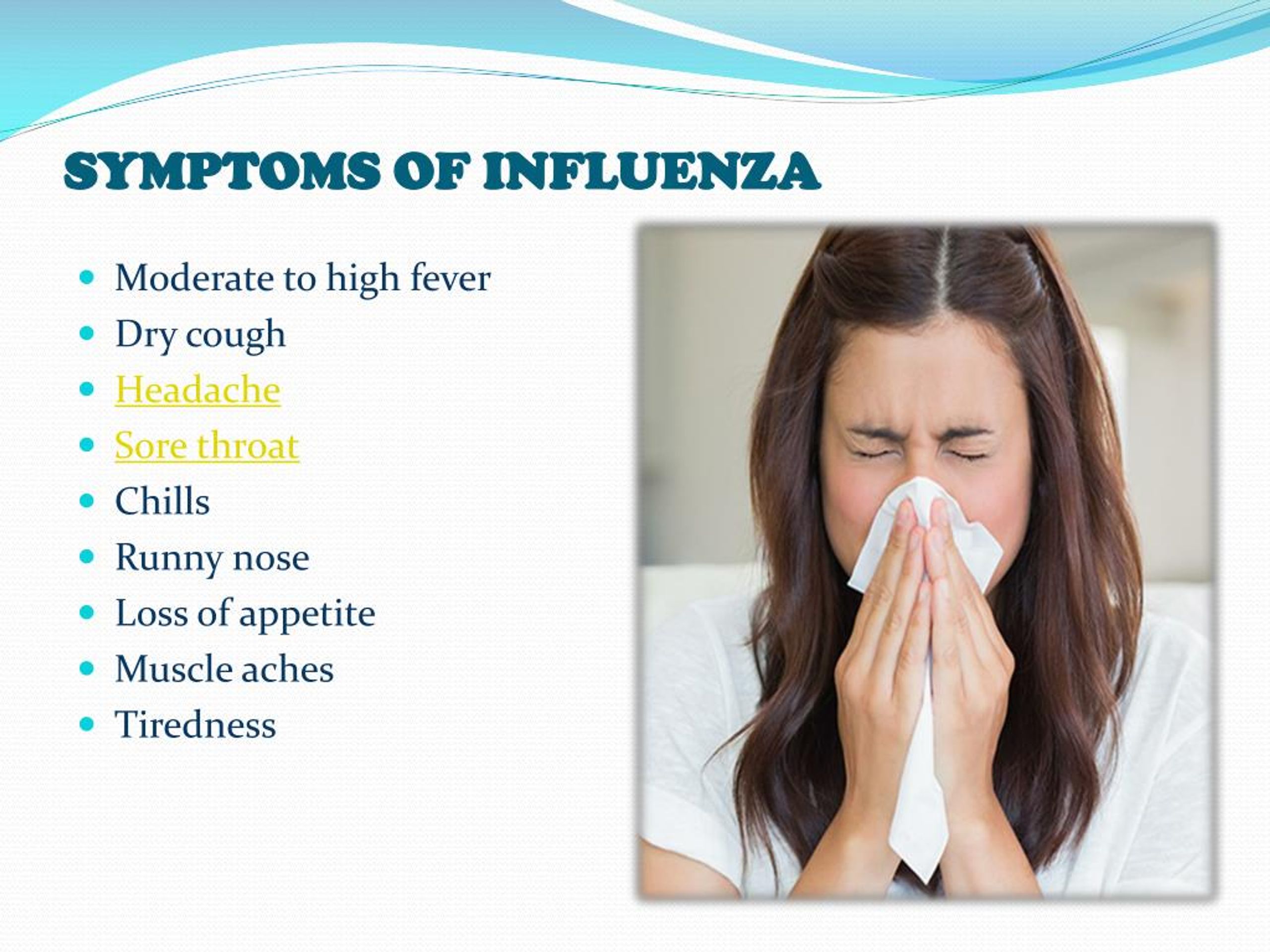
Grammidin Neo with anesthetic
Lozenges contain 3 active ingredients at once – gramicidin C, oxybuprocaine and cetylpyridinium chloride. The first component is a local antibiotic, the second is an anesthetic with analgesic effect, and the third is an antiseptic component. Due to such a complex composition, the agent has a therapeutic effect, inhibits the growth of harmful microflora, relieves inflammation and pain, stimulates local immunity and restores mucous membranes.
Contraindications : hypersensitivity to components, children under 4 years of age, pregnancy (1 trimester), lactation.
Sage Green Doctor
BAA contains dry sage extract and sage essential oil. Herbal decoction of sage has long been used as a gargle for sore throats, and the tablet form retains all the beneficial properties, but is much more convenient to use.
Due to its natural composition, dietary supplement may cause an allergic reaction.
Contraindications : hypersensitivity to components, acute nephritis, pregnancy and lactation, children under 5 years of age.
How to Choose Sore Throat Tablets for Adults
A common treatment for sore throats is tablets that must be slowly dissolved in the mouth to relieve discomfort. These drugs can only relieve pain if they contain anesthetics 1 , or they can fight the cause of a sore throat if they contain antiseptic and anti-inflammatory components.
Before taking the tablets, you should consult your doctor and determine the exact diagnosis. If it is severe and acute pain that occurs with tonsillitis, these drugs will only supplement the main treatment, in parallel with taking antibiotics.
When choosing drugs, you need to pay attention to the active ingredients – what effect they will have. Usually tablets for sore throats in adults have a complex effect due to several components at once. If sore throat is accompanied by fever, general malaise, weakness, you need to use drugs of combined action. They both reduce pain and affect fever, inflammation and strengthen the immune system.
If sore throat is accompanied by fever, general malaise, weakness, you need to use drugs of combined action. They both reduce pain and affect fever, inflammation and strengthen the immune system.
Popular Questions and Answers
Regarding pain and sore throat and its treatment, we talked with general practitioner, endoscopist, head of the organizational and methodological office Lidia Golubenko .
What causes a sore throat?
— There are many reasons for a sore throat. First of all, these are colds related to acute respiratory infections and acute respiratory viral infections, as well as influenza and coronavirus. In addition, a sore throat is typical of a sore throat (acute tonsillitis) or an exacerbation of a chronic lesion of the tonsils. Most often, pharyngitis manifests itself as a sore throat – it can be of an infectious nature, but sometimes it occurs as a result of an injury or a systemic disease.
To understand the causes of the problem, you need to contact a therapist, and sometimes an ENT doctor.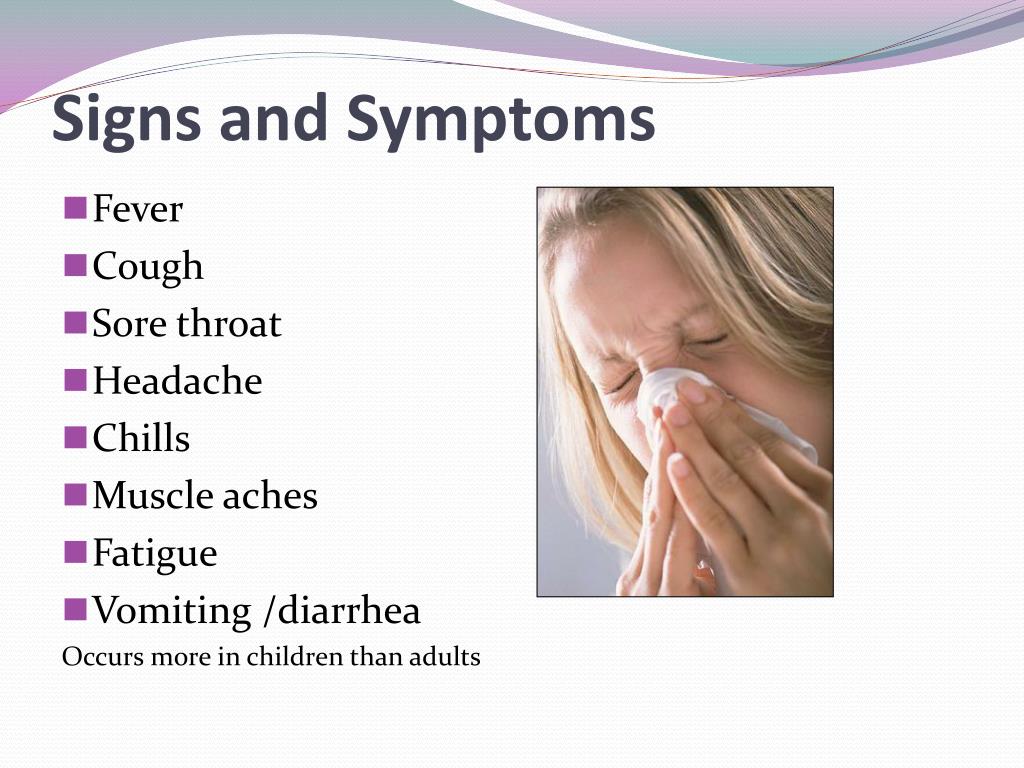
What to do if you have a sore throat?
– If it is a cold, and against the background of a sore throat, the general condition suffers slightly, you can choose the drug yourself at the pharmacy. But if the pain is severe, it is better to have a doctor treat you.
Can I treat my throat myself?
— As mentioned above, there can be many causes of pain. If it is a mild cold, the pain will go away even without treatment in 2-3 days. Plentiful warm drink and rest will help. But if it is a temperature, malaise and severe pain with nausea, and even vomiting, call a doctor immediately. If it is a sore throat, antibiotics are needed, only a specialist can prescribe them.
Photo: market.yandex.ru, KP
Sources:
- Acute respiratory viral infections (ARVI) in adults. Clinical guidelines. RF 2021 (Russia)
https://diseases.medelement.com/disease/%D0%BE%D1%81%D1%82%D1%80%D1%8B%D0%B5-%D1%80%D0%B5%D1%81%D0%BF%D0%B8%D1%80%D0%B0%D1%82%D0%BE%D1 %80%D0%BD%D1%8B%D0%B5-%D0%B2%D0%B8%D1%80%D1%83%D1%81%D0%BD%D1%8B%D0%B5-%D0%B8%D0%BD%D1%84%D0%B5%D0%BA%D1%86%D0%B8%D0%B8-%D0%BE%D 1%80%D0%B2%D0%B8-%D1%83-%D0%B2%D0%B7%D1%80%D0%BE%D1%81%D0%BB%D1%8B%D1%85-%D0%BA%D1%80-%D1%80%D1%84-2021/17068
Effective remedies for the first symptoms of a cold – article on the website Aptechestvo, Nizhny Novgorod
The common cold is a clinical syndrome caused by an acute inflammatory process that affects the mucous membrane of the upper respiratory tract.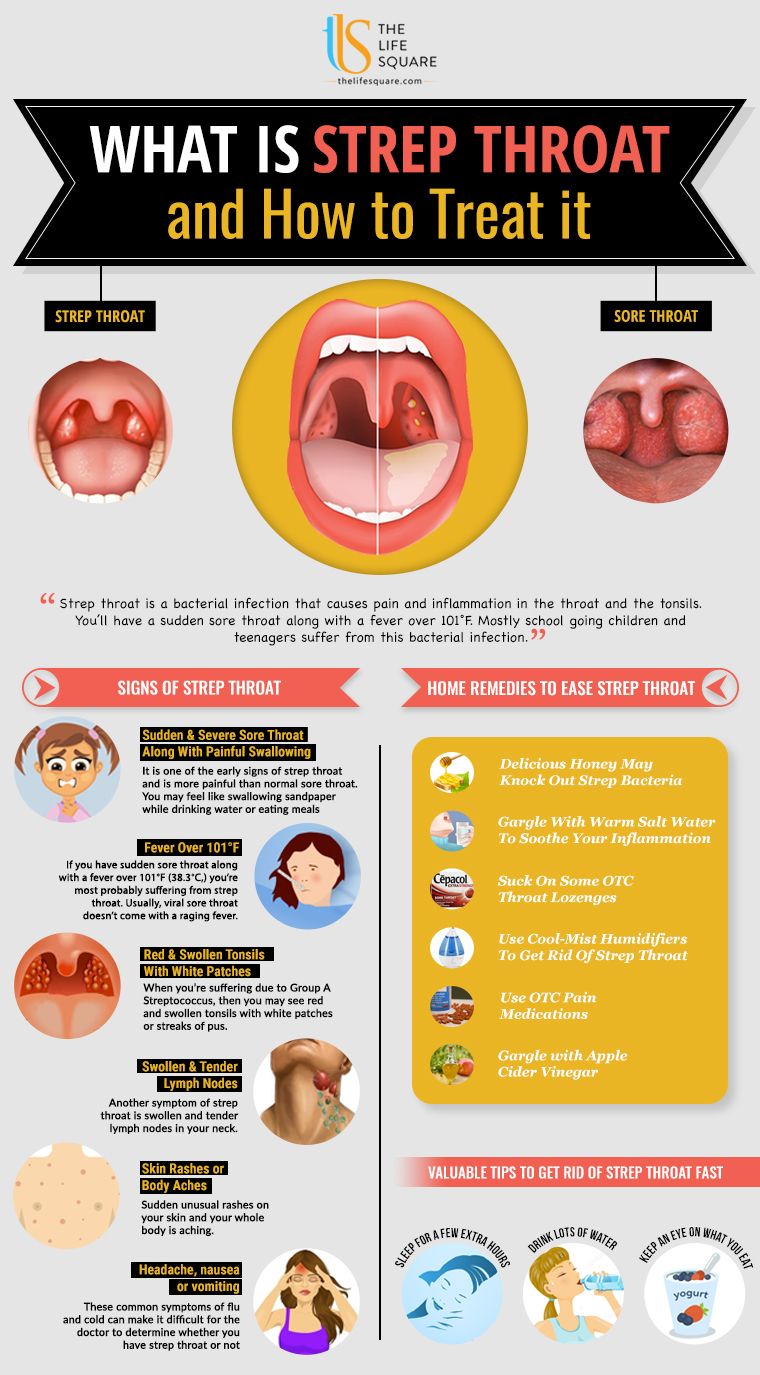 The inflammation usually involves the throat, larynx, and sinuses. The main cause of SARS are viruses, of which there are hundreds of varieties. Penetrating into the mucous membrane of the nasopharynx, the pathogen begins to actively multiply, spreading to healthy tissues. a cold lasts an average of 7 to 10 days, sometimes longer. The first symptoms of a cold: fever, deterioration in general well-being, headaches and joint pain, sore throat, nasal congestion. With ARVI, antiviral and symptomatic therapy is carried out. The selection of drugs and the appointment of a treatment regimen should be handled by a doctor.
The inflammation usually involves the throat, larynx, and sinuses. The main cause of SARS are viruses, of which there are hundreds of varieties. Penetrating into the mucous membrane of the nasopharynx, the pathogen begins to actively multiply, spreading to healthy tissues. a cold lasts an average of 7 to 10 days, sometimes longer. The first symptoms of a cold: fever, deterioration in general well-being, headaches and joint pain, sore throat, nasal congestion. With ARVI, antiviral and symptomatic therapy is carried out. The selection of drugs and the appointment of a treatment regimen should be handled by a doctor.
General
ARVI is transmitted from a sick person to a healthy person by airborne droplets. The causative agent of the disease are mainly viruses. The epidemiological situation worsens in the cold season.
There are mild, moderate and severe forms of SARS. In the first two cases, the patient does not need hospitalization, treatment is carried out at home under the supervision of a local therapist.:max_bytes(150000):strip_icc()/overview-of-sore-throat-1191991_Final-148b5cb24a5f48e587acf2965721f8d5.png) In severe cases, the patient is placed in a hospital, where he will be monitored by the attending physician and medical staff.
In severe cases, the patient is placed in a hospital, where he will be monitored by the attending physician and medical staff.
Flu symptoms
Influenza symptoms in an adult or child develop suddenly and acutely. The incubation period averages 1-2 days. During this period, you may be concerned about:
As soon as the immune system is included in the fight against infection, the temperature rises. First, the temperature reaches 37.5-37.7 ° C. With SARS, the thermometer usually does not exceed 38.5 ° C. In addition to an increase in temperature, the patient’s condition is also aggravated. The following symptoms are attached:
general weakness, lethargy, drowsiness;
headache, muscle pain;
swollen lymph nodes;
increased sweating;
chills;
fever;
cough, sore throat;
acute rhinitis;
symptoms of intoxication: nausea, vomiting, dizziness.

Flu symptoms in children are almost the same as in adults. May also be observed:
Effective remedies for the first symptoms of a cold
If you have the characteristic symptoms of SARS, you should consult a doctor. Self-medication is fraught with serious consequences. If the diagnosis is confirmed, the doctor draws up an individual treatment regimen, taking into account clinical data and the nature of the course of the disease.
First of all, the patient is recommended bed rest and drinking plenty of fluids. If an increase in temperature is accompanied by a deterioration in general well-being, it is necessary to take an antipyretic. Well known to all Paracetamol copes well with the task. A more pronounced antipyretic, anti-inflammatory and analgesic effect is possessed by drugs of the NSAID group:
ibuprofen;
Nurofen;
Nimesil.
To help the body cope with the virus, antiviral agents are used:
Interferon;
Ribavirin;
Anaferon.

With a dry painful cough, expectorants are recommended to facilitate sputum discharge:
In order to desensitize the body, antihistamines are used:
Claritin;
Loratadine;
Chloropyrami.
To increase the protective functions of the body, vitamin C must be included in the treatment regimen, the dosage of which for each patient is determined individually.
To facilitate breathing complicated by rhinitis, vasoconstrictors are prescribed:
Naphthyzin;
Farmazolin;
Oxyphrine;
Vibrocil.
To wash the nasal mucosa, saline sprays are prescribed, which must be used at least 6-8 times a day. For washing the nose, you can use:
With conjunctivitis, the treatment regimen is as follows: during the day, the eyes should be instilled with eye drops, for example, such as Torbex, Floksal, Oftalmoferon.



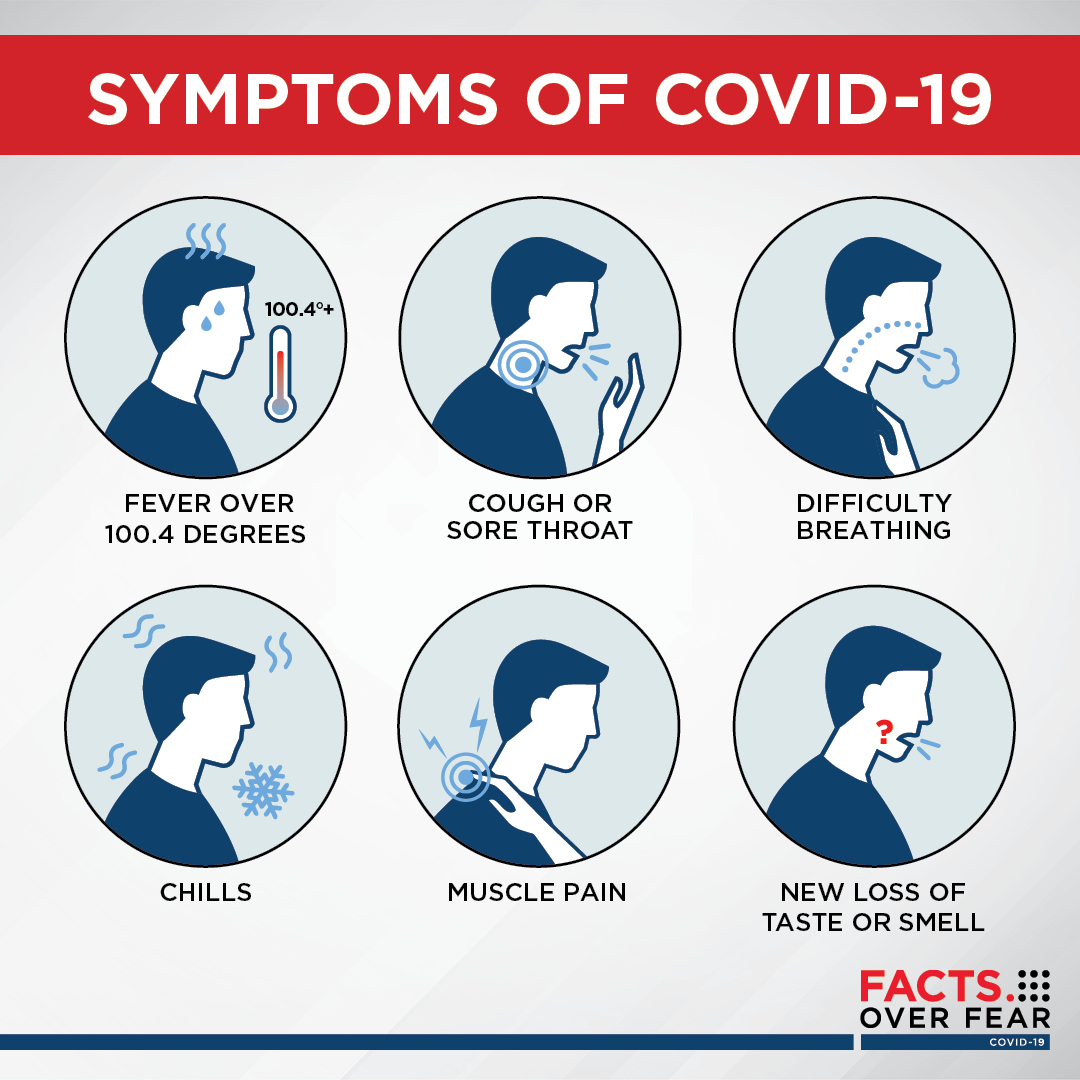 Joseph
Joseph
 The FDA supports the voluntary label change of drug makers to state “do not use in children under 4” for OTC cough and cold medicines.
The FDA supports the voluntary label change of drug makers to state “do not use in children under 4” for OTC cough and cold medicines.
